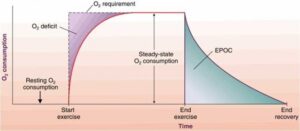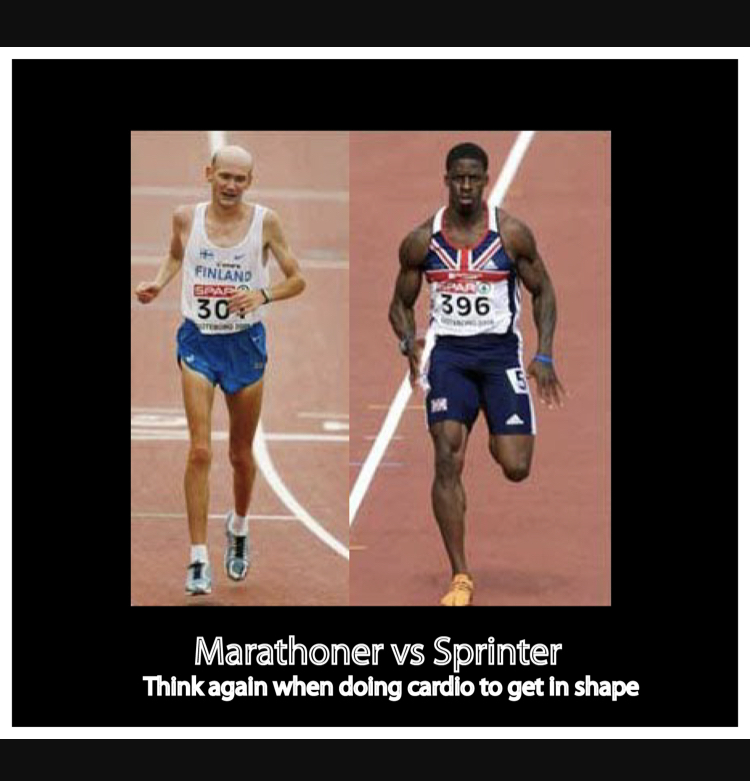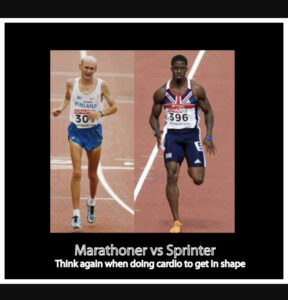 When we were young, we used to sprint to get everywhere! It wasn’t something that we had to think about, it was just the way we got around. But as we age, we tend to slow down and sprinting is no longer the way we move. This is unfortunate, as sprinting has been demonstrated to boost our metabolism by building and maintaining muscle mass. It can also decrease blood pressure and increase human growth hormone production in the body, and that can help with body fat loss and slow the aging process.
When we were young, we used to sprint to get everywhere! It wasn’t something that we had to think about, it was just the way we got around. But as we age, we tend to slow down and sprinting is no longer the way we move. This is unfortunate, as sprinting has been demonstrated to boost our metabolism by building and maintaining muscle mass. It can also decrease blood pressure and increase human growth hormone production in the body, and that can help with body fat loss and slow the aging process.
So, if you’re able bodied, why would you choose to sprint instead of a 30-minute jog? First of all, a sprint will target the fast-twitch muscle fibers. Everyone has two general types of muscle—slow-twitch and fast-twitch muscle fibers. Although slow-twitch muscle fibers do the majority of the work during slow and moderate aerobic workouts (like a walk or jog), fast-twitch muscle fibers are used for shorter, more explosive movements—like sprinting.
Fast-twitch movements burn significantly more calories than slow-twitch movements. This shouldn’t come as a surprise, as an activity like sprinting is much more tiresome than an activity like jogging. Sprinting also helps you burn calories long after your workout has concluded via a process known as “excess post-exercise oxygen consumption,” or EPOC. During very intense exercise like sprinting, your body actually uses more oxygen than it takes in. When your workout concludes, your body has to recover from that stress and needs to use oxygen to do so. This process burns calories, largely in the form of fat. Yes, sprinting will help you burn off that extra body fat!

Did you know that doing four 30-second sprints can burn the same number of calories (when you include the EPOC) as a 30-minute jog? This was demonstrated in the following study:




